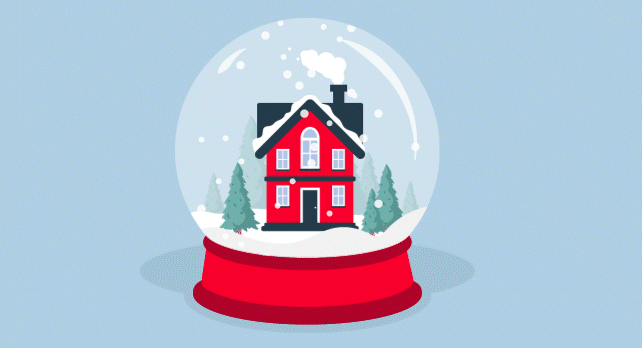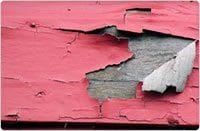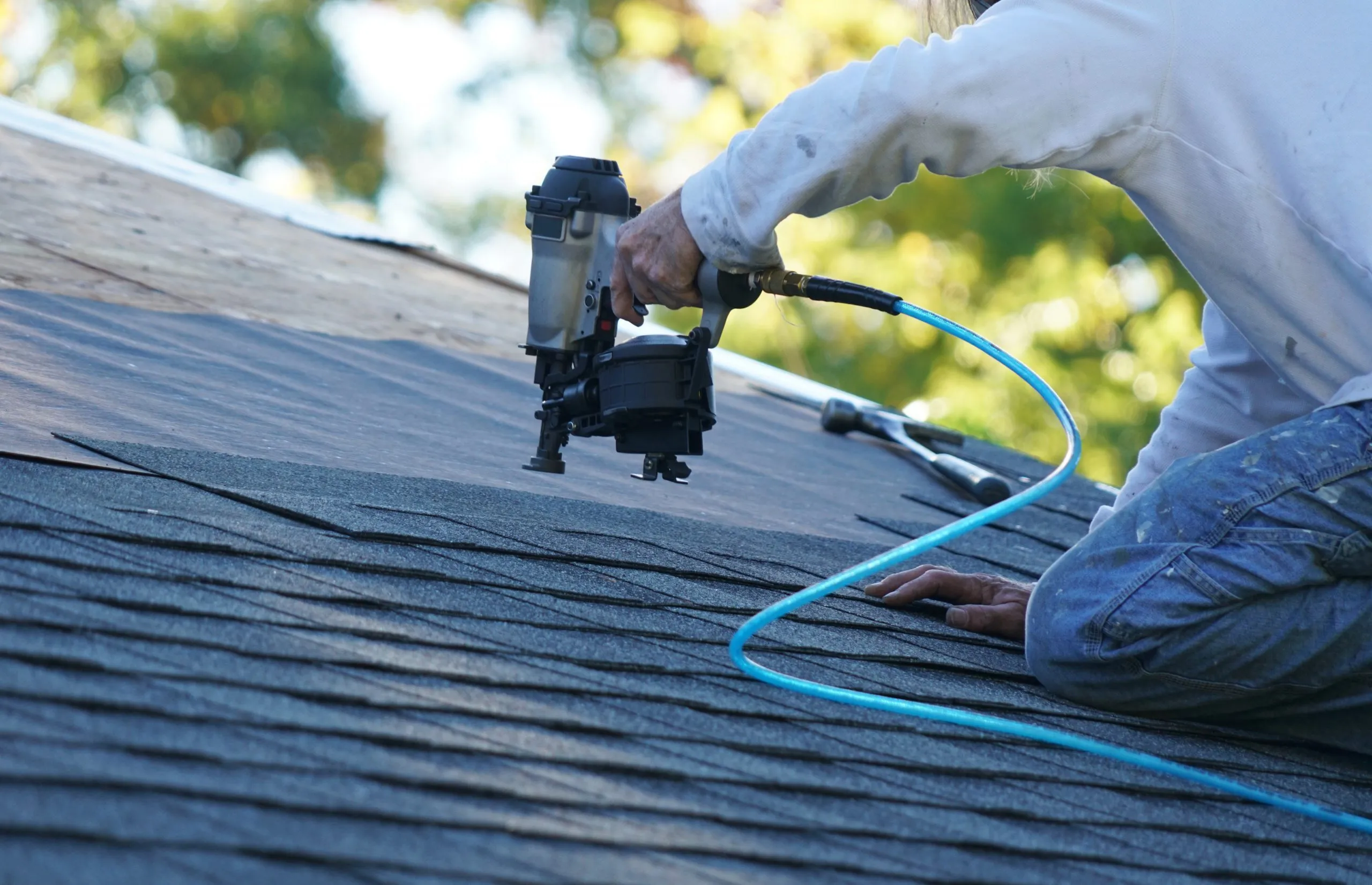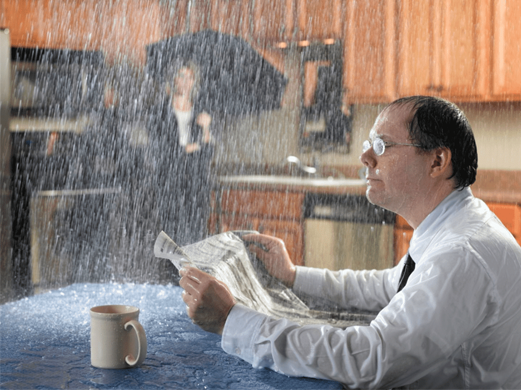Ventilation is crucial to the life and effectiveness of every roofing system. Proper attic ventilation systems allow a continuous flow of outside air through the attic, protecting the efficiency of the insulation and helping to lower temperatures in the living space. It consists of a balance between air intake (at your eaves or soffits) and air exhaust (at or near your roof ridge).
Many people have preconceived notions about ventilation and how it works, but we’re here to clear that up. Here are 5 myths about attic ventilation.
Roof One will proudly serve you to make sure your home has the proper ventilation.
5 Myths about Attic Ventilation Few things are more misunderstood about the home than attic ventilation. In essence, all ventilation is about circulating air to keep it fresh and to reduce moisture levels. About 90 percent of homes in the US have unreasonably high levels of moisture. Understanding whether your home could benefit from some form of attic ventilation might just be, if not a life-saver, a roof-saver. Here are some of the myths and the facts you need to know about attic ventilation.
Just like properly sizing your furnace and air conditioning unit, you want precisely the right amount of attic ventilation for your home. Insufficient ventilation can lead to moisture problems during the winter and decreased energy efficiency during the summer but too much ventilation can be just as bad, if not worse. Roof vents create an additional roof penetration, essentially another place of vulnerability where leaks can occur. Some vents are necessary, but you don’t want to needlessly increase the number of roof penetrations. More than leaks, these seams can cause blowouts during a hurricane or allow sparks from a wildfire to enter your home and set it ablaze.
So, how much ventilation should you have? Without exception, you should talk to a professional to determine what your home requires. Generally speaking, you need a ratio of 1:300, where for every 300 square feet of ceiling space, you need 1 square foot of attic ventilation. That said, air resistance and interference (such as vent grates) reduces the area of true ventilation. In other words, the entire vent opening doesn’t count as vented space.
Too many people believe the importance of roof ventilation is to increase energy efficiency during the summer. Good roof ventilation can do this, but shingle color, sun exposure and insulation are exponentially more important to overall energy efficiency than ventilation. Sure, installing roof vents for older homes can reduce your hot air during the summer, but there are probably more low-risk, cost-effective ways to increase your home’s energy efficiency.
Meanwhile, preventing moisture damage is a much greater benefit and applies to colder climates more than warmer ones. In fact, the colder the climate, the more likely it is that your home will benefit from attic ventilation. In order to install an unvented roofing system in colder climates, you’ll need highly rated, rigid insulation to prevent condensation on your roof sheathing. In warmer climates, you don’t need to worry about condensation. Think about how often dew forms on your grass. In these climates, hot attic spaces are eliminated by installing a thermal barrier along the roof line, instead of the attic floor.
Too many people believe that because heat rises, ventilating an attic space during the winter means you’re releasing warm air and creating a drag on your heating efficiency. If this is true, you’ve got bigger problems to worry about than letting warm air escape from your home. Poor insulation is usually the culprit, although if you enter the attic on sunny, winter day, your attic space can be warmed by the sun more than your furnace.
Unless your roofing system has insulation on the roofing deck and is designed without ventilation, your furnace should not be heating your attic. Worse yet, inadequate insulation is almost surely allowing moisture-laden air into your attic. When this warm, moist air hits your roof, it’s likely to form condensation that will lead to further deterioration of your insulation and/or wood rot. If you think this might be a concern, wait till the sun goes down and measure the temperature in your attic. It should be pretty close to the outdoor temperature.











